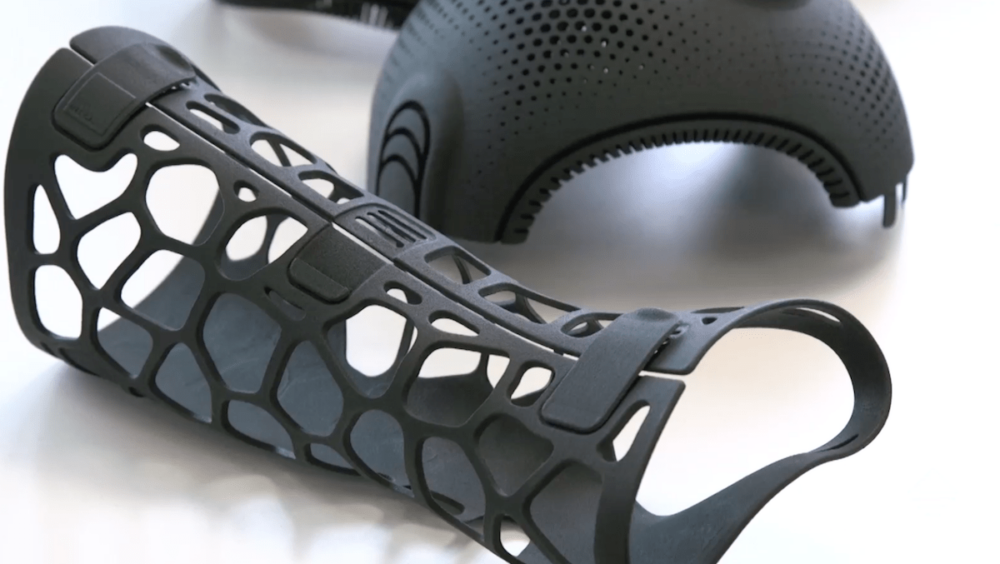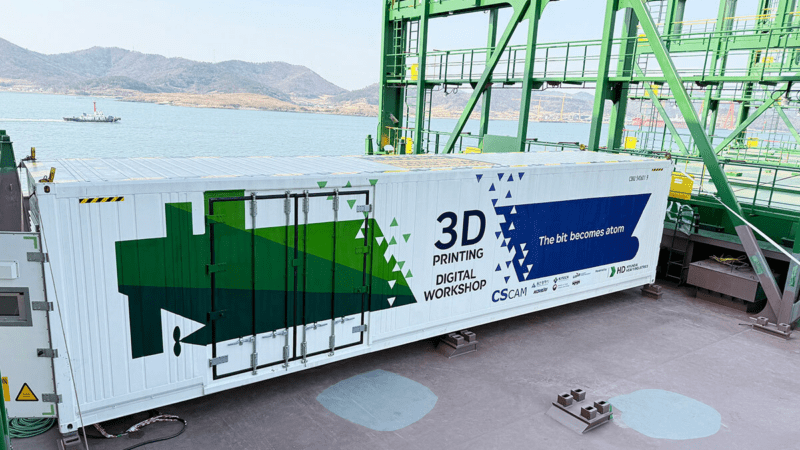Joan Folguera, CEO of INTECH3D – one of the companies incubated at the 3DFactory Incubator, has spent more than three years at the helm of the leading 3D printing consultancy firm in the region and knows the sector very well. “It was only after 2012 that we saw exponential growth in the use of this technology in Europe, right when the patents expired in the United States,” explains Folguera. When these patents opened up, it allowed for greater expansion and brought more developers and manufacturers into play. Nevertheless, in such a short time, real implementation is still scarce. So, companies like INTECH3D that are aware of the great potential of 3D printing for industry are facing the challenge of opening other companies’ eyes and making them see the many applications and advantages.
Sometimes, this technology isn’t adopted because people in the business world haven’t been trained on it. To adopt 3D printing, you have to understand, test and practice with it. It is essential for universities, vocational training centres and companies to join forces to train and create new professionals for the sector. In turn, they will integrate this technology from the very beginning of their careers, with a greater degree of expertise.
The list of benefits to companies that have included 3D printing in their production processes is long: quick, flexible prototyping; cutting costs; personalising; and many other applications yet to be discovered.
![Product made from powders and heat in one of the 3DFactory Incubator printers. [PierNext Image]](https://piernext.portdebarcelona.cat/wp-content/uploads/2019/06/Captura-de-pantalla-2019-06-06-a-las-17.00.18.png)
Volkswagen’s experience highlights the time and financial benefits of this technology. The German brand is the first car manufacturer to use the sector’s latest: the HP Metal Jet process, which simplifies and speeds up 3D metal printing. This boosts productivity up to 50 times over other methods using the same technique and, for the first time, 3D printing is ready for mass production in the automotive industry. It is a question of time before the benefits already being seen in the four-wheeled vehicle sector expand to other divisions.
3D Factory is experimenting daily with the advantages of this technology, with various printing models to cover the needs of all the incubated companies: desktop printers like the Sigma (FDM), FormLabs (SLA) and Sinterit Lisa (SLS) for prototyping and manufacturing parts, for example. They also have industrial printers for production on a larger scale: Stratasys J750 (Polyjet), Stratasys Fortus 450 (FDM), HP Jet Fusion 3D 4200.
And if you need quality control, inspection, checking machines, reverse engineering, virtual assembly or 3D modelling, the ROMER Absolute Arm is the tool for you. A robotic measuring arm that doesn’t require calibration.
Changes in the logistics sector: evolution, adaptation and improvement.
Any disruptive innovation in the manufacturing industry has the potential to transform the whole supply chain. The evolution that comes with 3D printing may bring about changes in commercial and production flows sooner than expected. Because, according to PricewaterhouseCoopers (PwC) study, in the logistics sector 37% of sea transport containers and 41% of air cargo may be affected. It is important to remember that this technology was created for manufacturing close to where the product, design or business model is created. “The idea is for km0 production,” adds Folguera. It could even be used to print spare or special parts, for example, without waiting for them to be produced or sent from the warehouse, cutting delivery times.
 Sling prototype made from 3D printing: it can get wet, it adapts better to the arm and doesn’t bother as much as plaster. [PierNext Image]
Sling prototype made from 3D printing: it can get wet, it adapts better to the arm and doesn’t bother as much as plaster. [PierNext Image]
 Sling prototype made from 3D printing: it can get wet, it adapts better to the arm and doesn’t bother as much as plaster. [PierNext Image]
Sling prototype made from 3D printing: it can get wet, it adapts better to the arm and doesn’t bother as much as plaster. [PierNext Image]



![Product made from powders and heat in one of the 3DFactory Incubator printers. [PierNext Image]](https://piernext.portdebarcelona.cat/wp-content/uploads/2019/06/Captura-de-pantalla-2019-06-06-a-las-17.00.18.png)
![RAMLAB has manufactured the first 3D-printed ship propeller in the world [Image by RAMLAB]](https://piernext.portdebarcelona.cat/wp-content/uploads/2019/06/WAAMpeller-1110x600.jpg)



